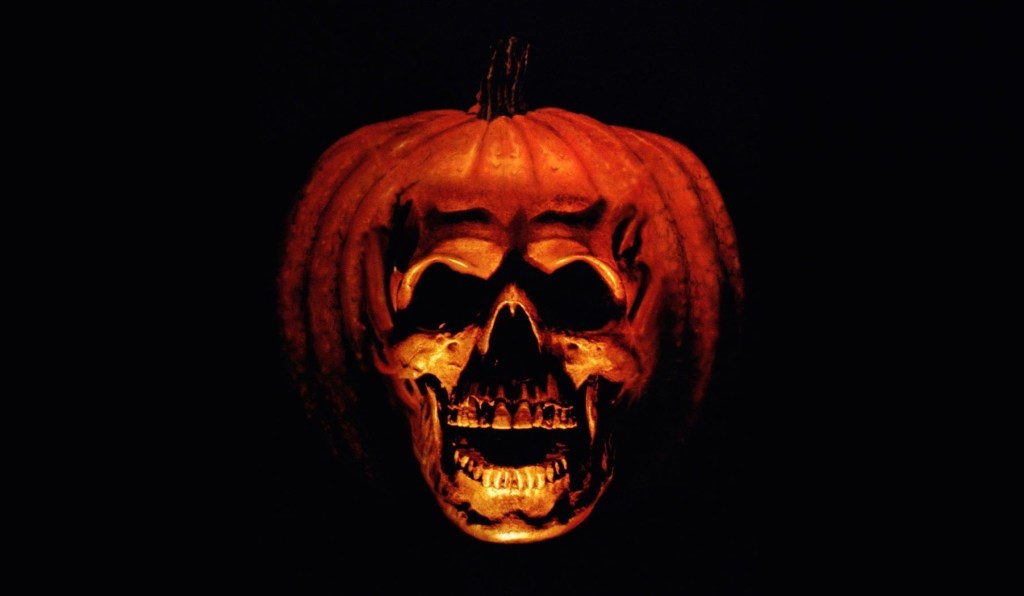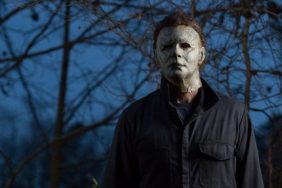It’s almost an unwritten rule of a second Halloween film that a hospital has to feature significantly. After 1981’s sequel to John Carpenter’s hit 1798 slasher set the majority of its runtime inside Haddonfield Memorial, Rob Zombie would follow a similar route for his own Halloween 2, and David Gordon Green’s middle part of the modern Halloween Trilogy (Halloween Kills) spends plenty of time bedside to Laurie Strode in a twisted echo of the original second entry.
They all approach it differently, and arguably Zombie’s Halloween 2 and Green’s Halloween Kills do their best to refresh and subvert what happened the first time around to varying success (and very varying opinions from the fanbase), but there’s something just as fascinating in Rick Rosenthal’s original second Halloween.
Halloween 2 follows Michael’s escape at the end of the first film and sees Laurie Strode (Jamie Lee Curtis) sent to the local hospital while Doctor Loomis (Donald Pleasence) remains on the hunt for the missing Myers.
Of course, Myers decides just because it’s November 1 now, it doesn’t mean he can’t continue his favorite tradition and carves up Haddonfield on his way to a showdown with Laurie at the hospital.
Let’s get the obvious out of the way first: Halloween 2 is not as good as its predecessor, and it very much feels like a sequel for the sake of it. Even as a close continuation of Carpenter’s film, taking place in the immediate aftermath of its events, it’s clearly a different beast visually and tonally. Being made three years after the original but set directly after it didn’t help, with Jamie Lee Curtis having to wear a very obvious wig to replicate her original hairstyle. And Dick Warlock’s Michael Myers was noticeably different from Nick Castle’s original, not least because the original mask had been yellowed and faded in the years since Halloween.
That disconnect does make it feel more loose sequel than a continuation, but if you can ignore that (which is very much possible) then it makes for a fascinating double feature with its predecessor. Outside of the David Gordon Green trilogy, it’s probably the closest the series has felt from one entry to another, which is somewhat telling about just how messy Halloween is as a franchise.
Scary as an Episode of Quincy M.E.

it could have been worse though. Part of the reason Halloween 2 works is probably part of why its tone is off comes from where the responsibilities for the film lay. John Carpenter was involved in the writing and producing of the film, but he was massively unimpressed with Rosenthal’s initial version of Halloween 2, calling it as ”scary as an episode of Quincy M.E.” Even after a re-edit, Carpenter wasn’t happy and decided to get a bit more hands-on by taking on editing duties and even directed some scenes that added gore to the movie (the three years between the two films saw slashers getting gnarlier, so Carpenter felt it needed to keep up with that).
You might say it’s hard to know who had the better idea for what Halloween 2 should be. Rosenthal wanted to remain true to the bloodless suspense and methodical pacing of the original, which sounds honorable enough on paper, but Carpenter was right to understand how quickly things were changing in the horror genre as we moved into the 1980s. It’s safe to say Rosenthal didn’t exactly grab the bull by the horns 21 years later when he directed the worst film in the franchise, Halloween Resurrection.
It’s a surprisingly brutal follow-up, thanks to the aforementioned gore. Even when Michael commits similar kills to the original, there’s a fresh aggression to them, and his vicious streak is on display throughout. There’s a nightmare quality to Halloween 2 because of how isolated and quiet the hospital is in the dead of night. While it may struggle to feel like a continuation of the first film in plenty of ways, it does very much feel like it’s set in the early hours as opposed to the late Halloween night of the first film. It’s a time of night I have great affection for in regards to horror, and it helps give Halloween 2 some much-needed individual atmosphere.
Plus, there’s a haunting finality to it that Halloween 3: Season of the Witch perpetuates by attempting to be a completely different film. It’s the last time Donald Pleasence and Jamie Lee Curtis would appear together in the franchise as Curtis would not return to Halloween until after Pleasence died in 1995. The second bite of the cherry in terms of a Myers vs. Strode vs. Loomis showdown wasn’t as memorable, but it did add something to the events of Halloween—a closure of sorts for the terrors of that night as Michael burns.
Ideally, that should have been it, and if it had, I think we’d look upon Halloween 2 with far kinder eyes, but it’s now just one of several false stops along the leaf-covered road that is the Halloween franchise.










